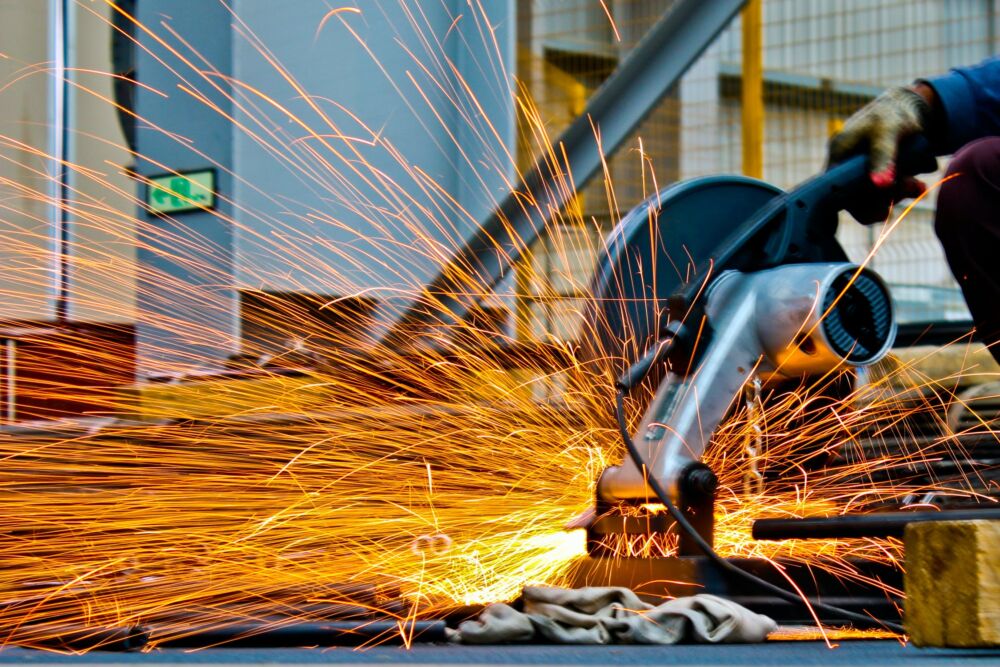
Types of stainless steel
It is estimated that about 70 percent of the world’s stainless steel production is austenitic steel, which contains 18 percent chromium and 8 percent nickel. This steel has high corrosion resistance, but it is not possible to harden it. In addition, there are 3 other types of stainless steel – ferritic steel, martensitic steel, ferritic-austenitic duplex steel. However, let us focus on the most popular austenitic steel. What is it used for? What grades can we divide it into?
Austenitic steel grades
One of the six austenitic steel grades, classified according to the American AISI standard, is most commonly used in industry. The most popular of these is AISI 304. This steel provides high corrosion resistance, weldability and excellent mechanical properties at a relatively low cost. This grade contains at least 18% chromium, 8% nickel and a maximum of 0.08% carbon. This grade of stainless steel is non-magnetic and cannot be hardened by heat treatment. AISI 304 stainless steel products have been successfully used for years in the dairy, brewing and processing industries. Sinks and kitchen countertops are also made of it. AISI 304L also has similar properties, but with a lower carbon content than AISI 304. As it is more resistant to aggressive environments, this grade of stainless steel is often used in the chemical, paint and pharmaceutical industries. Tankers, acid tanks and industrial pipelines are often made of this material.
Even higher corrosion resistance is offered by 316 and 316L stainless steels, which contain 2-3% molybdenum. AISI 316 and 316L steels are characterised by increased resistance to corrosion – especially from exposure to chlorides. It is also more resistant to elevated temperatures. What stainless steel products are made from these grades of steel? Primarily these are tanks for white wine, boilers for cooking ketchup or pipes for the brewing industry. AISI 316/316L steel is also often used for boat equipment.
In the last group of stainless steels, we find those stabilised with titanium, i.e. AISI 321 and 316Ti. The former grade has been successfully used for years in the manufacture of exhaust pipes, and also in the manufacture of boiler housings and cabin heaters. 316Ti, on the other hand, is used in the production of condensers and tanks. The most common applications for this steel grade are in the chemical, food and pharmaceutical industries. All austenitic steels are weldable. Depending on what industry you are in, you will need a different type of steel. It is worth choosing the one that best suits your needs and at the lowest possible price. What is important, stainless steel products can be recycled – so we do not have to worry that we will waste the material through unfortunate processing.
